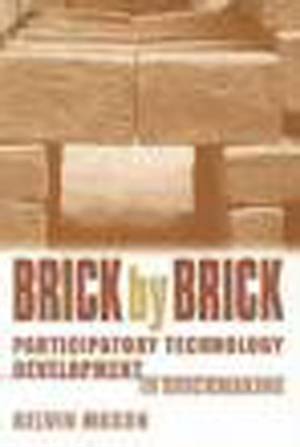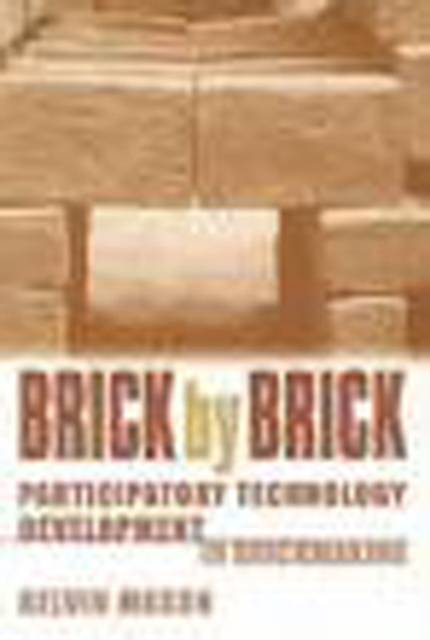
- Afhalen na 1 uur in een winkel met voorraad
- Gratis thuislevering in België vanaf € 30
- Ruim aanbod met 7 miljoen producten
- Afhalen na 1 uur in een winkel met voorraad
- Gratis thuislevering in België vanaf € 30
- Ruim aanbod met 7 miljoen producten
Zoeken
Omschrijving
This book reviews the theory and practice of technology transfer, change and development. It looks at definitions of Appropriate and Intermediate Technologies in the modern, global context. Based on the experiences of a project of working with brickmakers in Peru, Ecuador and Zimbabwe, the text looks at the elements that make up a successful technology transfer package. These elements are likely to include local research and development, training, access to capital, marketing and quality control. There is a brief overview of the technology involved in brickmaking. This includes an examination of energy efficiency and environmental issues. The brickmaking technologies adopted and adapted by the project in Peru are reviewed with a focus on the process of their development principles and ways of working, such as participation and participatory technology development, are explored. The relationship between producers and those seeking to assist them is examined: how alliances are formed, what the best communications are and what monitoring and evaluation strategies to employ. How the needs of women will be addressed. The main body of the text is illuminated by the inclusion of interviews, anecdotes and articles from people working in the field. The quest is to establish some guiding principles and practices for technology development projects. Ultimately the guidebook is a practical and interesting references for project managers, decision makers and fieldworkers.
Specificaties
Betrokkenen
- Auteur(s):
- Uitgeverij:
Inhoud
- Aantal bladzijden:
- 144
- Taal:
- Engels
- Reeks:
Eigenschappen
- Productcode (EAN):
- 9781853395291
- Verschijningsdatum:
- 15/12/2001
- Uitvoering:
- Paperback
- Formaat:
- Trade paperback (VS)
- Afmetingen:
- 167 mm x 226 mm
- Gewicht:
- 258 g

Alleen bij Standaard Boekhandel
+ 50 punten op je klantenkaart van Standaard Boekhandel
Beoordelingen
We publiceren alleen reviews die voldoen aan de voorwaarden voor reviews. Bekijk onze voorwaarden voor reviews.











